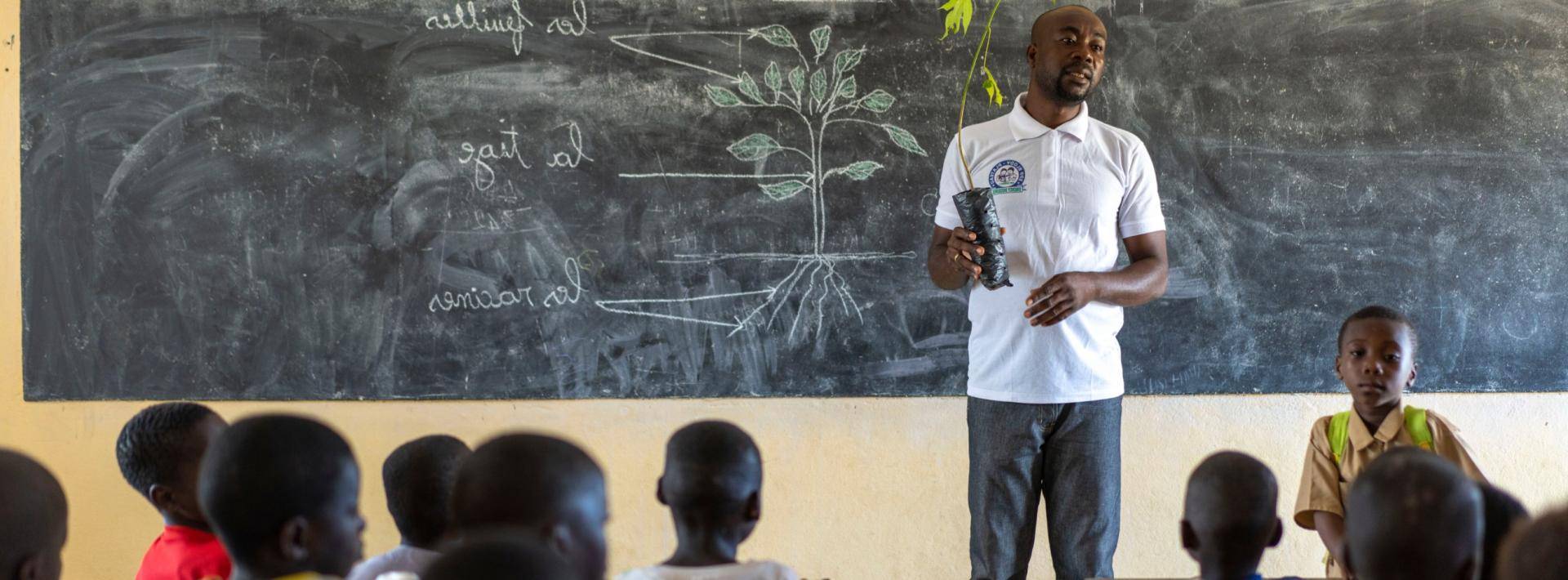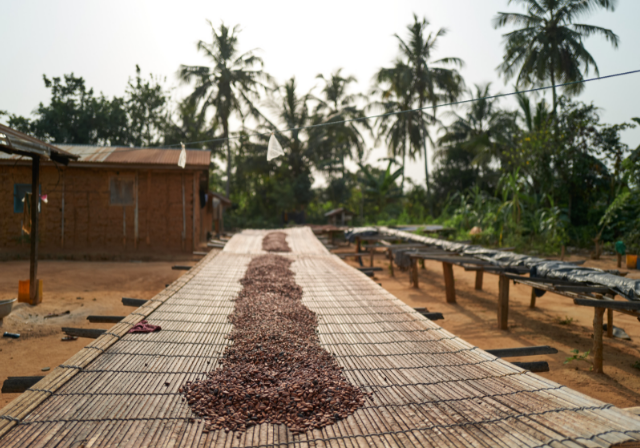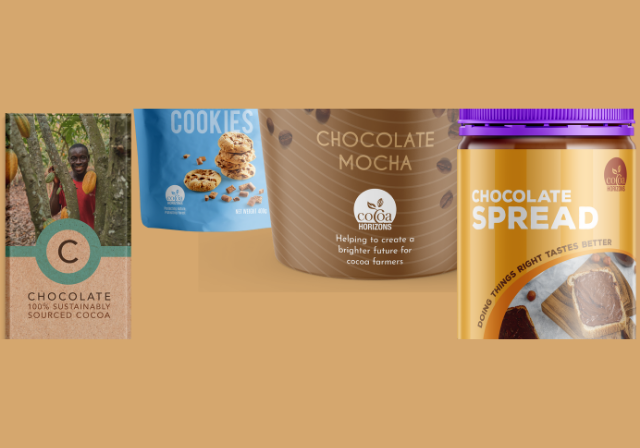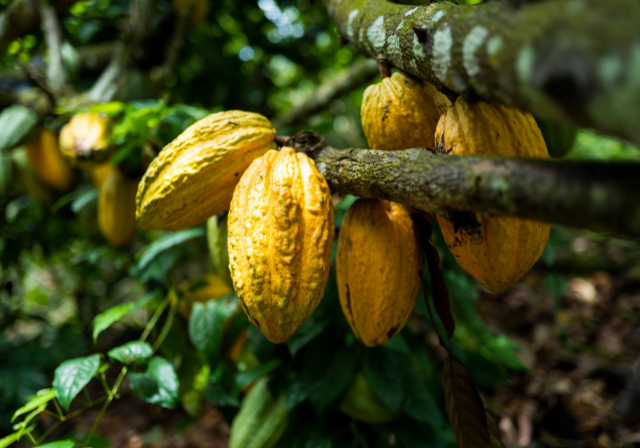Chocolate is one of the world's favourite treats, worth over $100 billion in retail sales globally. Western Europe, North America and Asia Pacific (including Australia) are the biggest chocolate consumer markets accounting for 70% of sales worldwide (Source: Euromonitor).
Cocoa, or cacao is the key ingredient in chocolate, and it typically grows far from where the chocolate lovers enjoy their treat. Approximately 5 million tonnes of cocoa are grown every year, and the two largest producing countries are Côte d'Ivoire and Ghana, which means West Africa accounts for more than two thirds of the world's cocoa production.
Understanding this dynamic between where cocoa is grown, and where chocolate is consumed, is key to understanding cocoa sustainability and what can be described as "sustainable chocolate". If you want to support sustainable cocoa farming and chocolate, this is your ultimate guide. Follow the steps below, and if you are a brand, retailer, or manufacturer requiring support with shaping your sustainability journey, please contact your local Barry Callebaut representative.
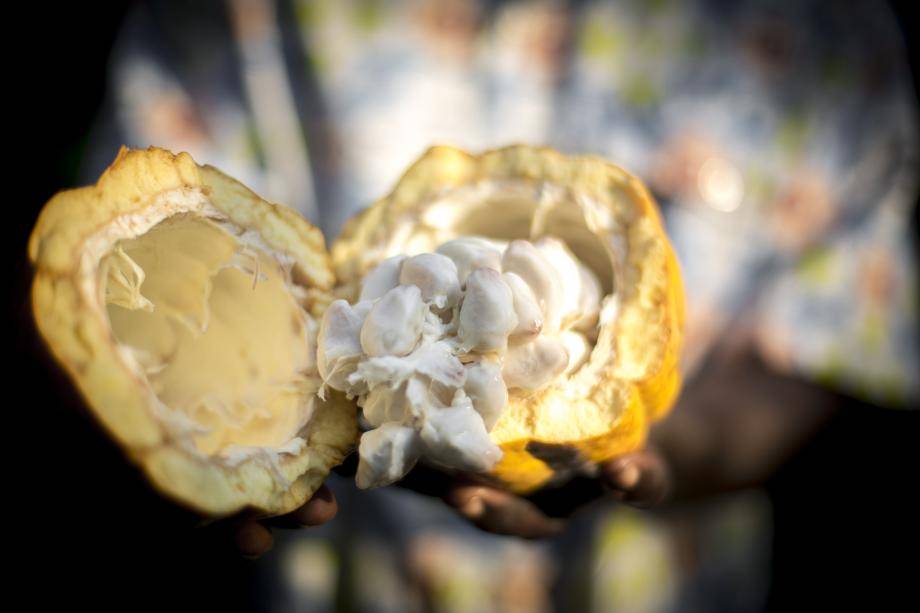
Where does chocolate come from?
Chocolate is typically a combination of cocoa, milk and sugar, with an emulsifier like soy or sunflower lecithin. Whilst cocoa isn’t always the top ingredient, it is widely considered the key ingredient, as it needs to be present to be legally described as chocolate.
Cocoa beans are grown inside the cacaofruit. The yellow or green pods grow on the branches and trunks of leafy cocoa trees. These trees are grown in rainforests located between 10 degrees north and 10 degrees south of the equator, where the climate, shade, and rainfall means they can grow and thrive. That’s why West Africa, Central and South America and parts of Asia are best known for growing cocoa.
Particularly in West Africa, cocoa trees are grown on small cocoa farms owned by individual families. There are an estimated 2 million smallholders cocoa farmers in Ghana and Côte d’Ivoire, doing the manual work of cultivating, harvesting, fermenting and drying cocoa beans, which are then sold and transported to consuming countries to be processed and made into chocolate (Source: ICCO).
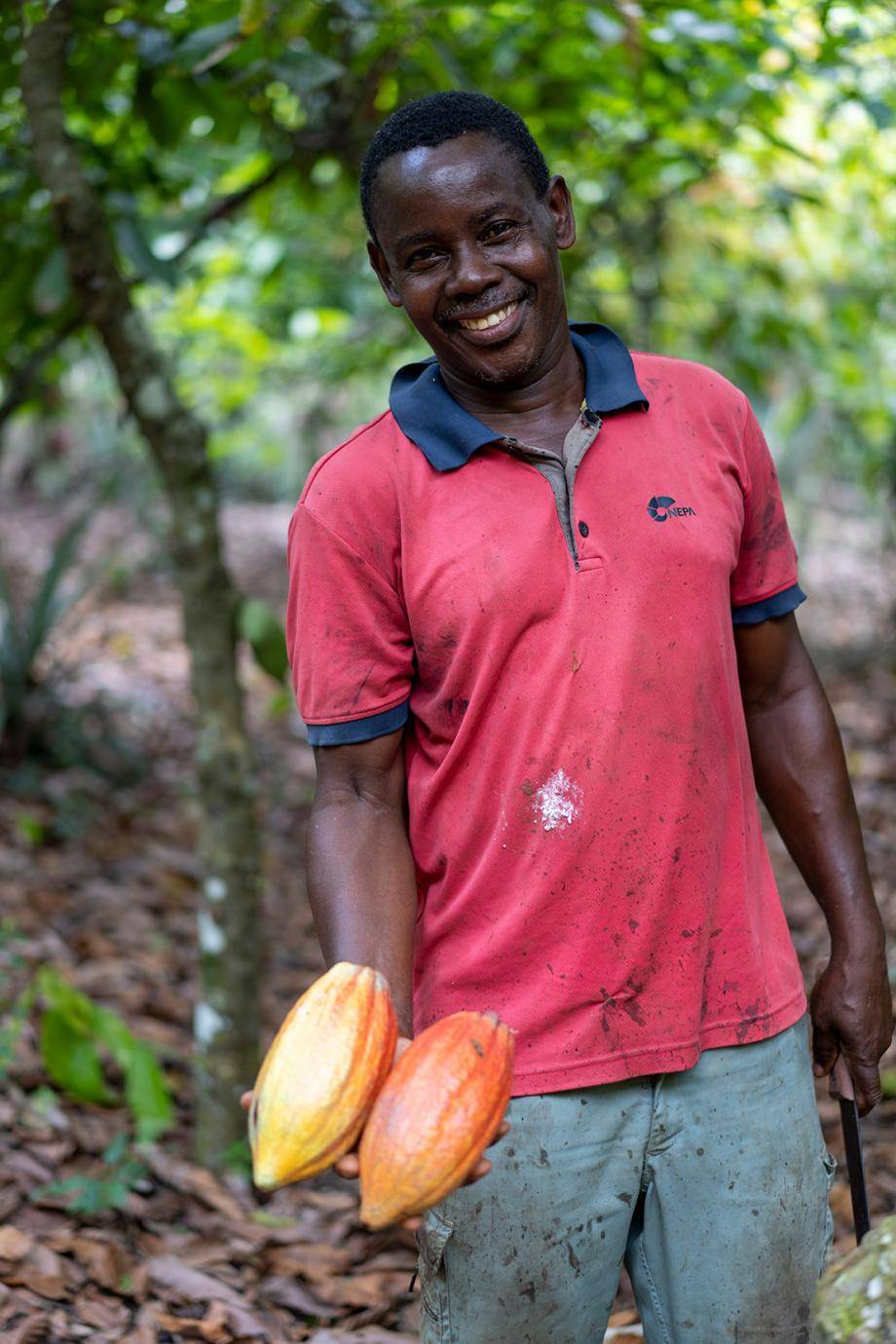
What is sustainable cocoa?
Sustainability is defined as meeting the needs of the present without compromising the ability of future generations to meet their own needs (Source: United Nations). When we talk about sustainability in the chocolate supply chain, it means that the chocolate can continue to be enjoyed by future generations forever. This means that it is produced while ensuring regard for a diverse environment and the farming communities.
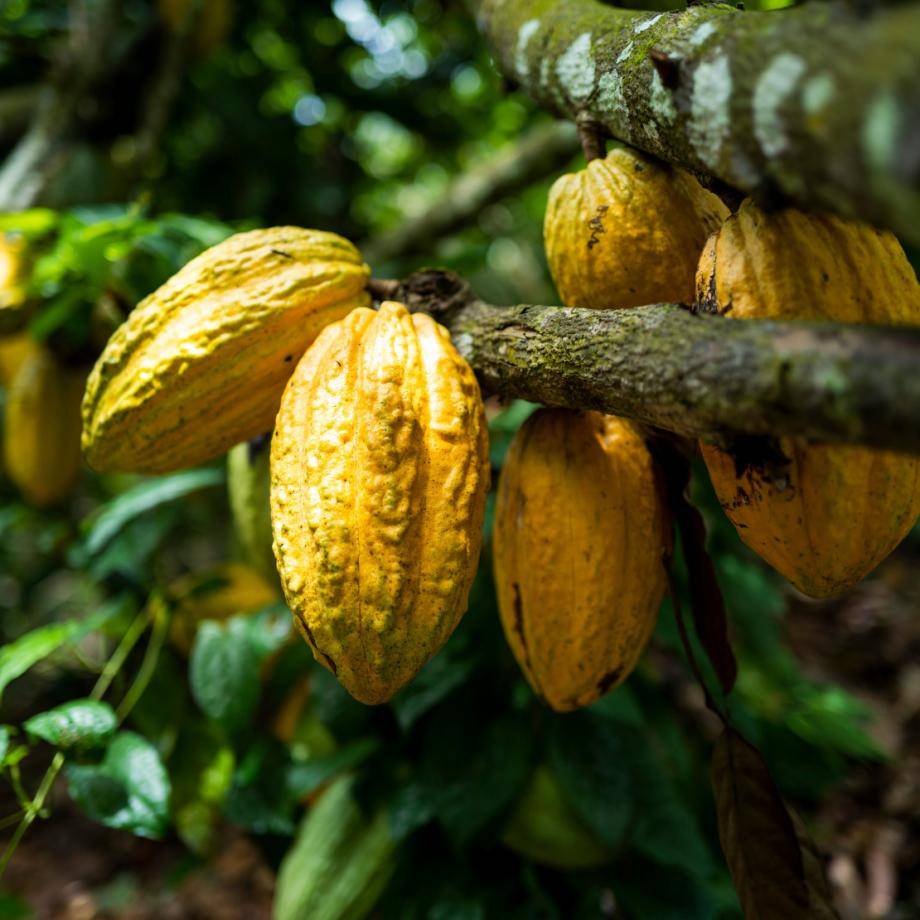
What are the issues in cocoa?
Right now, the picture of the cocoa industry is not one of sustainability. At Barry Callebaut, we have identified 5 key interlinked issues that need to be tackled:
- Farmer poverty - The majority of farmers are living below the World Bank's benchmark for extreme poverty.
- Poor productivity - This productivity is driven by a number of things including poor agricultural practices, ageing cocoa trees that lead to declining yields, and lack of quality inputs.
- Child labor - It is estimated there are about 1.6 million children in child labor in Côte d'Ivoire and Ghana, mostly working on their family farms (Source: NORC report). The term 'child labor' is defined as work that deprives children of their childhood, their potential and their dignity, and that is harmful to physical and mental development (Source: ILO). Common activities include using sharp tools, carrying heavy loads, or not being in school in order to help out on the farm.
- Deforestation - Some farmers encroach on protected areas that are more productive whilst cocoa can be grown in a way that protects the environment.
- Climate Change - Deforestation makes cocoa a contributor to climate change. Cocoa farmers' livelihoods are also at risk to any changes in drought and rain patterns, due to climate change as cocoa is primarily a rain-fed crop.
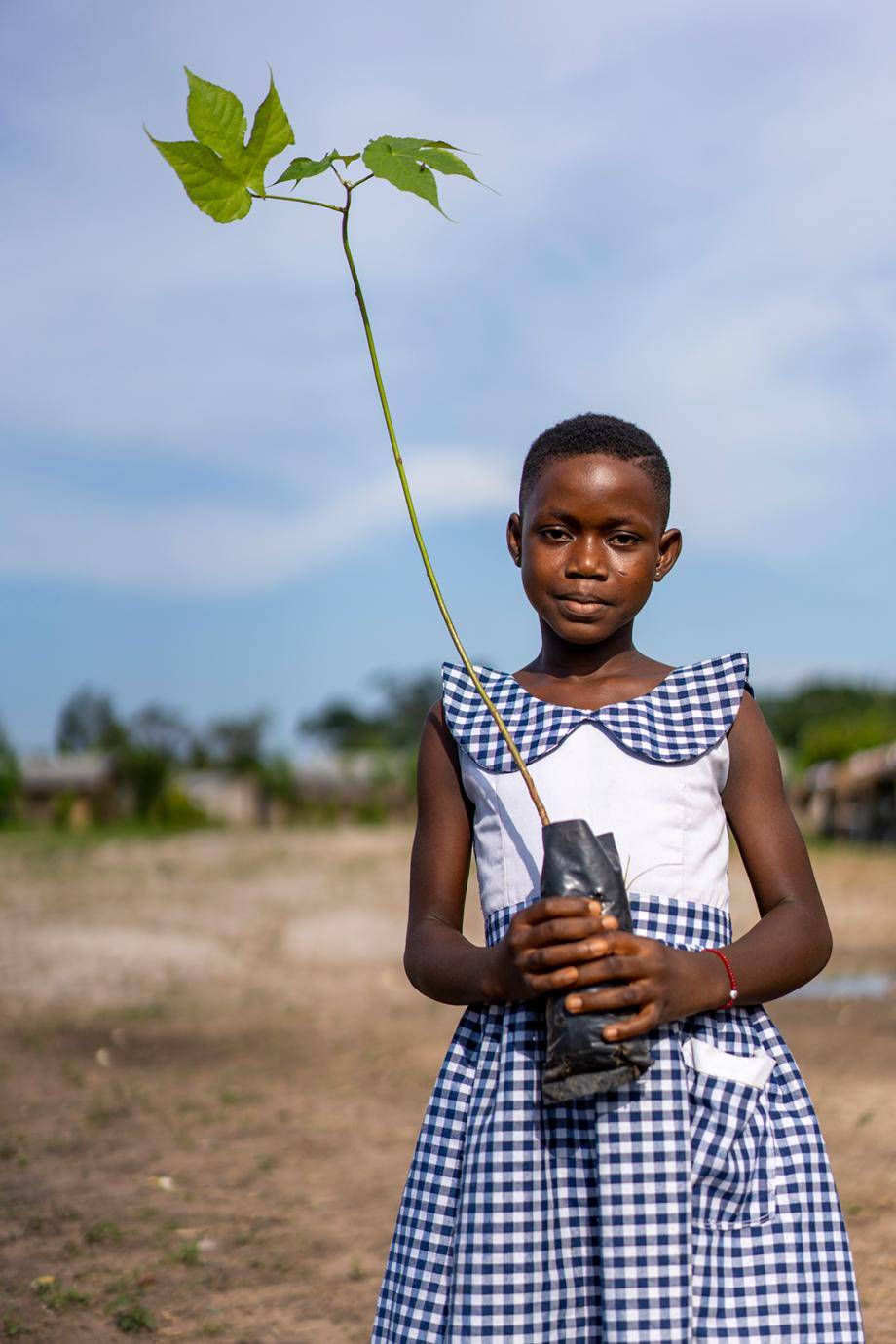
How can we make cocoa more sustainable?
We can make cocoa more sustainable by supporting brands, manufacturers, and retailers that are committed to tackling the issues outlined above. We need a sustainable market transformation implying a collaborative effort from all stakeholders such as brands, manufacturers, retailers, governments, NGOs and organisations like International Cocoa Organisation (ICCO).
Forever Chocolate is Barry Callebaut's plan to make sustainable chocolate the norm.
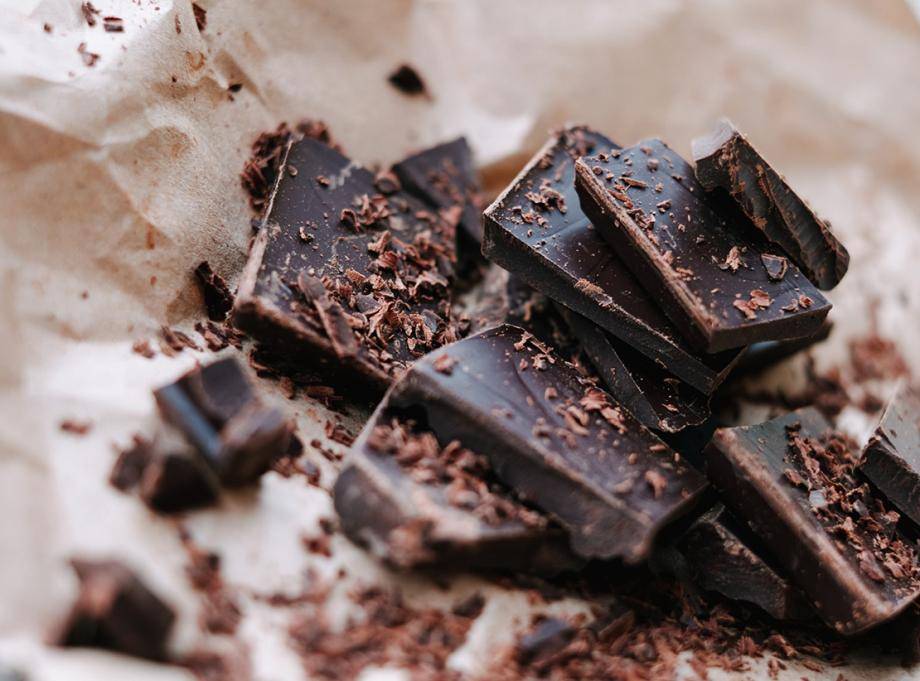
How do you know what chocolate supports sustainable cocoa?
Sustainability requirements can evolve over time. Today we consider the following programs as sustainable:
- Certified sustainable programs, such as Fairtrade, Rainforest Alliance (now merged with UTZ) , Organic, etc.
- Verified sustainable programs, like Cocoa Horizons or corporate companies in-house schemes.
For consumers, sustainable cocoa can be identified from labels and claims on packaging, and information on brand and company websites.
Is chocolate a sustainable product?
To achieve 100% sustainable chocolate, all ingredients must be sustainable. Each of these ingredients have their own complex issues which need to be addressed:
- Milk - Cow welfare, farm performance and environmental stewardship
- Sugar - Biodiversity loss, forced labor among other things for cane sugar
- Vanilla - Farmer poverty, poor quality, child labor, deforestation
- Soy - Native vegetation clearance, biodiversity loss, excessive pesticide usage
Some pioneering brands are making progress on these other ingredients, and the process by which the chocolate is made. We expect to see these efforts grow, as companies continue to engage to answer increasing consumer requirements on sustainability.

We hope this simple guide to cocoa sustainability and sustainable chocolate has been helpful.
If you are a brand, retailer, or manufacturer requiring support with your sustainability journey, check out our Cocoa Sustainability Guide: Getting Started, or contact your local Barry Callebaut representative. We're happy to help!
